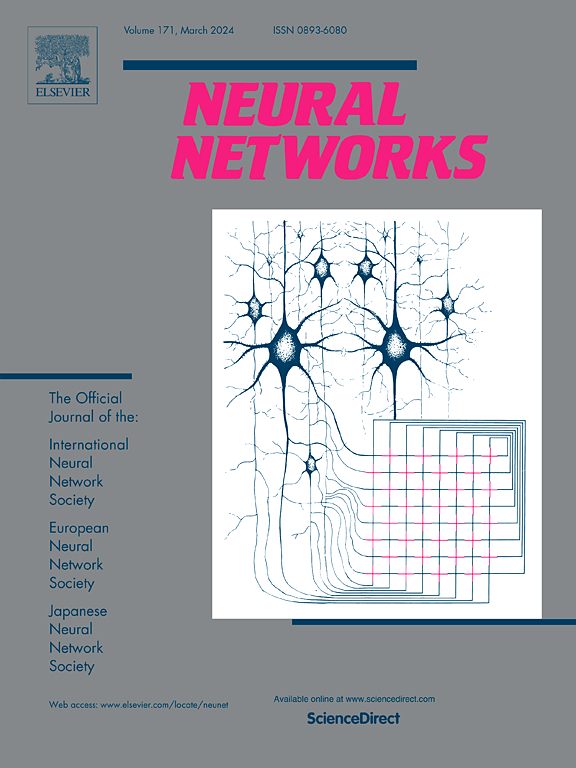YOLOv8-G2F: A portable gesture recognition optimization algorithm
IF 6
1区 计算机科学
Q1 COMPUTER SCIENCE, ARTIFICIAL INTELLIGENCE
引用次数: 0
Abstract
Hand gesture recognition (HGR) is a significant research area with applications in human–computer interaction, artificial intelligence, and more. In the early stage of development of HGR, there are high hardware costs and large usage requirements. To reduce the high cost expenditure and increase the application scenario, deep learning has played a crucial role. With the greater depth perception and more computing power, currently HGR is more about continuous recognition in space based on vedio. But in this article, it considers that there is a growing demand for lightweight networks with high precision for end-to-end HGR applications. In that, it still tends to recognize consecutive video frames and get results quickly. This paper introduces an enhanced network called YOLOv8-G2F, which is based on YOLOv8. It incorporates improved lightweight modules not only replace the traditional convolution module of the network’s backbone and neck but also for the C2f module in YOLOv8. The network employs linear transformations, group convolution, and depthwise separable convolution to extract image information using simpler networks. Furthermore, model pruning is also used to further reduce model size and improve accuracy. The improved model achieved a recognition accuracy of 99.2% on the nus-ii gesture dataset with a model size of 2.33 MB. After extensive comparison and ablation experiments, YOLOv8-G2F demonstrated significant progress over existing algorithms.
求助全文
约1分钟内获得全文
求助全文
来源期刊

Neural Networks
工程技术-计算机:人工智能
CiteScore
13.90
自引率
7.70%
发文量
425
审稿时长
67 days
期刊介绍:
Neural Networks is a platform that aims to foster an international community of scholars and practitioners interested in neural networks, deep learning, and other approaches to artificial intelligence and machine learning. Our journal invites submissions covering various aspects of neural networks research, from computational neuroscience and cognitive modeling to mathematical analyses and engineering applications. By providing a forum for interdisciplinary discussions between biology and technology, we aim to encourage the development of biologically-inspired artificial intelligence.
 求助内容:
求助内容: 应助结果提醒方式:
应助结果提醒方式:


